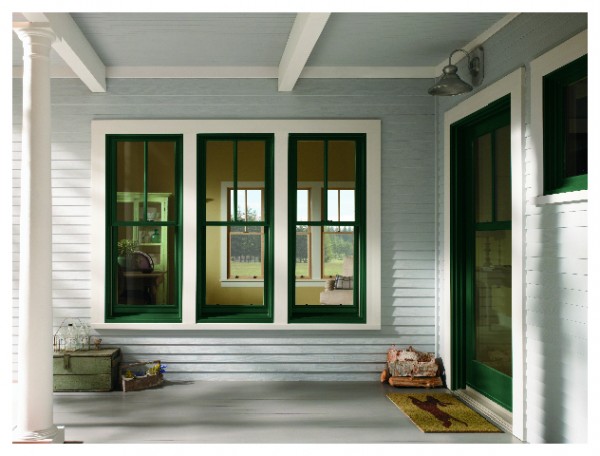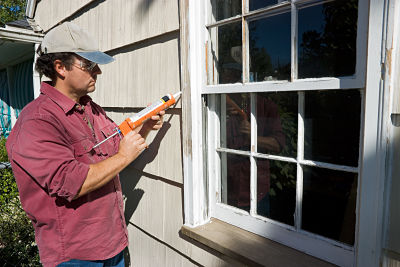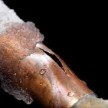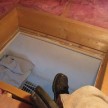7 Tips for Winterizing Your Home
 Winterizing Your Home
Winterizing Your Home
By Tim Smith
Outside of Florida, every state has its winter jokes. If you have more miles on your snow blower than on your car, you must live in Michigan. Colorado has three seasons: July, August and winter.
No doubt about it – North America is cold. Even the Vikings left. Those who plan to survive a Kansas or Pennsylvania winter, therefore, need more than a sense of humor. They need these home winterization tips.
Insulate Pipes
Insulating attics and pipes may be as routine as A-B-C, but most homeowners don’t understand how it works. Pipes do not burst because ice blockages radially expand and crack the sidewall. Rather, as the blockage grows, it pressures the water downstream. Opening faucets relieves this pressure.
To prevent frozen pipes, wrap lines in heat tape, Styrofoam or pipe insulation. Focus on hot water pipes and u-bend connections. Drain and blow out sprinkler irrigation systems. In a pinch, exposed frozen supply pipelines can be thawed with a hair dryer. Consider insulating heating duct-work and the hot water heater tank as well.
Clean the Gutters
Clogged gutters so they are prepared to handle the spring rainstorms and successfully drain water away from your foundation. While you’re at it, clean the chimney flue, flush the hot water heater and replace furnace filter, oil filter and have the furnace serviced.
Plant a Windbreak
Mountain climbers on Himalayan summits surround their dome tents with a 2-3 foot wall of snow blocks to block the wind. You can do the same using, pine trees,sheds, hedges or if you live in Minnesota, a snowmen bodyguard. After all, 98 percent of the nation yelps, “Jiminy Cricket!” before driving into a roadside snow drift. The other two percent are
from Minnesota and say, “Hold on. Watch this!”
Draft-Proof Your Home
In winter, warm air treats a home like it’s Alcatraz Island. All it wants is escape. About 30 percent of a home’s energy sneaks out through doors and windows. Not sure how to find the gaps? Have someone shine a flashlight from the other side. Large gaps can be filled with blown-in insulation, window caulk or improvised cardboard weather strips. Windows can be covered with roll-on plastic insulation or bubble wrap, which, like Dr. Seuss’ “theeed,” has endless uses. Alternatively, you can cover windows with shutters, blinds or drapes. Buy weatherproofing materials in kits to save 10-20 percent on costs.
Attic hatches are a huge source of air leaks and radiant heat loss. Heat rises and you can bet your paycheck that your losing a ton of heat through an uninsulated attic hatch. Many people do not realize just how easy it is to insulate them. Purchase an insulated cover for your pull down attic steps or learn how to insulate a attic door or hatch here: How to insulate an attic hatch.
Research and learn how to seal air leaks, attic heat loss due to air leakage accounts for one-quarter to one-third of your annual heating bill! Insulation itself does not stop the air leaks – you need to stop air leaks in order to let the insulation do its job.
Invest in a Programmable Thermostat
Dammit, it’s the twenty-first century. Just buy one. According to the Environmental Protection Agency, a programmable thermostat usually saves 5-15 percent on annual energy costs.
The average household spends at least $2,000 a year on energy bills – over half of which goes to heating and cooling costs. Lower the minimum temperature about four degrees at night and learn how to use your setback feature to save money!
Eat Soup
When South African adventurer Mike Horn kayaked, trudged and sailed 12,000 miles around the Arctic Circle, he consumed 12,000 calories every day. Cold weather, see, is a calorie vacuum. If you want to stay comfortable, therefore, eat toasty foods like soup, sweet potatoes and warm walnuts. Toss on a pair of mid-weight wool or synthetic thermals. A good sweater adds about four degrees of warmth.
Reverse the Ceiling Fan Direction
In summer, ceiling fans should spin counterclockwise to blow air down. In the winter, ceiling fans should spin the other way to pull cool air up and away allowing the upper hotter air to circulate better.
Don’t become the butt of someone else’s joke. Winterize!
For more tips and tricks, please visit Modernize.com.










